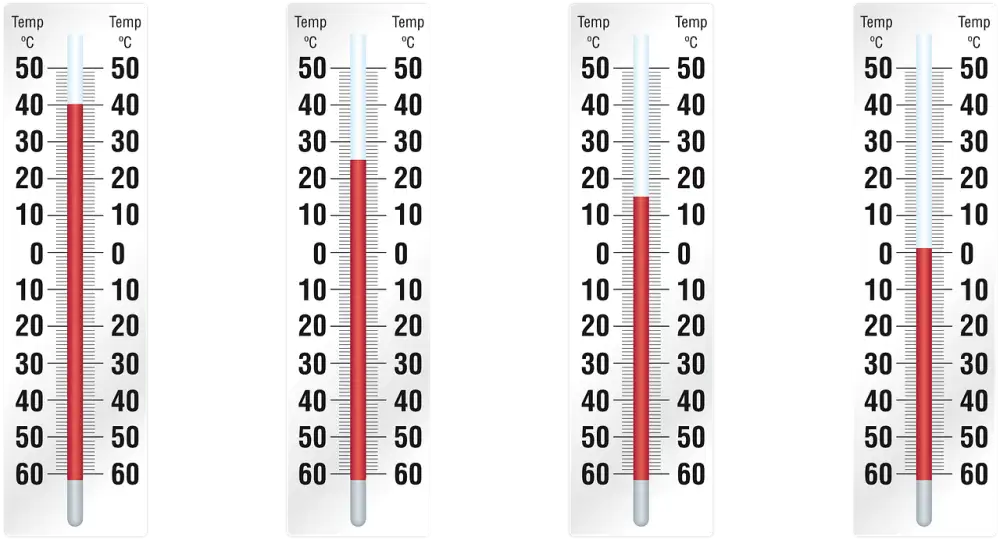Mastering Meatloaf: Achieving Perfection with the Correct Internal Temperature

- Importance of Cooking Meatloaf to the Correct Internal Temperature
- Recommended Internal Temperature for Cooked Meatloaf
- Using a Meat Thermometer to Check Internal Temperature
- Tips for Achieving the Perfect Internal Temperature for Meatloaf
- Common Mistakes to Avoid when Cooking Meatloaf
- Frequently Asked Questions about Meatloaf Internal Temp
Meatloaf is a classic comfort food that has been enjoyed by families for generations. However, achieving the perfect texture and flavor can be a challenge. One crucial aspect of cooking meatloaf to perfection is ensuring that it reaches the correct internal temperature. The internal temperature of meatloaf not only determines its doneness but also ensures that it is safe to consume. In this article, we will explore the importance of cooking meatloaf to the correct internal temperature and provide tips on how to achieve the perfect result every time. So, let's dive in and master the art of cooking meatloaf to perfection!
Importance of Cooking Meatloaf to the Correct Internal Temperature
Cooking meatloaf to the correct internal temperature is crucial for several reasons. Firstly, it ensures that the meatloaf is safe to eat by killing any harmful bacteria or parasites that may be present. This is especially important when using ground meats, as they have a higher risk of contamination. Secondly, cooking to the correct internal temperature ensures that the meatloaf is cooked evenly throughout, resulting in a moist and tender texture. Undercooked meatloaf can be tough and unpleasant to eat. Lastly, achieving the correct internal temperature allows the flavors of the ingredients to meld together, creating a delicious and well-balanced dish.
Recommended Internal Temperature for Cooked Meatloaf
The recommended internal temperature for cooked meatloaf is 160°F (71°C). This temperature ensures that the meatloaf is fully cooked and safe to eat. It also helps to retain the juiciness and tenderness of the meat. Cooking meatloaf to this temperature will kill any harmful bacteria present in the raw meat, reducing the risk of foodborne illnesses. It is important to use a reliable meat thermometer to accurately measure the internal temperature of the meatloaf.
Using a Meat Thermometer to Check Internal Temperature
Using a meat thermometer is essential for achieving the correct internal temperature when cooking meatloaf. Insert the thermometer into the thickest part of the loaf, making sure it doesn't touch the pan or bone if using ground meat with bones. Wait for a few seconds until the reading stabilizes, ensuring an accurate measurement. This method guarantees that your meatloaf is cooked to perfection, avoiding undercooked or overcooked results.
Tips for Achieving the Perfect Internal Temperature for Meatloaf
To achieve the perfect internal temperature for meatloaf, follow these tips:
1. Preheat your oven: Make sure your oven is properly preheated to the recommended temperature before placing the meatloaf inside. This ensures even cooking throughout.
2. Use a meat thermometer: Invest in a good quality meat thermometer to accurately measure the internal temperature of the meatloaf. Insert it into the thickest part of the loaf without touching the pan or bone.
3. Avoid overcooking: Cook your meatloaf until it reaches the recommended internal temperature, but be careful not to overcook it. Overcooked meatloaf can become dry and tough.
4. Let it rest: Once your meatloaf reaches the desired internal temperature, remove it from the oven and let it rest for a few minutes before slicing. This allows the juices to redistribute and results in a moist and flavorful loaf.
5. Check multiple spots: To ensure accuracy, check the internal temperature in multiple spots of the meatloaf. This helps you avoid any undercooked or overcooked areas.
By following these tips, you'll be able to achieve a perfectly cooked meatloaf with just the right internal temperature for optimal flavor and texture.
Common Mistakes to Avoid when Cooking Meatloaf
When it comes to cooking meatloaf, there are a few common mistakes that can easily be avoided. First and foremost, one of the biggest mistakes is overcooking the meatloaf. This can result in a dry and tough texture, which no one wants. To prevent this, make sure to follow the recommended internal temperature and avoid leaving the meatloaf in the oven for too long.
Another mistake to avoid is using lean ground meat. While lean meats may be healthier, they tend to lack flavor and moisture. Opt for a mix of lean and fatty ground meats, such as beef and pork, to ensure a juicy and flavorful meatloaf.
Using too many breadcrumbs or filler ingredients is another common mistake. While breadcrumbs help bind the ingredients together, using too much can lead to a dense and dry meatloaf. Use just enough breadcrumbs to hold everything together without overpowering the flavors.
Lastly, avoid skipping the resting time after removing the meatloaf from the oven. Allowing it to rest for about 10 minutes before slicing will help retain its juices and make it easier to handle.
By avoiding these common mistakes, you'll be well on your way to mastering the art of cooking meatloaf to perfection.
Frequently Asked Questions about Meatloaf Internal Temp
Q: What happens if I undercook meatloaf?
A: Undercooked meatloaf can be unsafe to eat as it may contain harmful bacteria. It is important to cook meatloaf thoroughly to ensure it reaches the correct internal temperature.
Q: Can I rely on the color of the meatloaf to determine its doneness?
A: No, relying solely on the color of the meatloaf is not a reliable indicator of doneness. Always use a meat thermometer to check the internal temperature.
Q: How long should I let meatloaf rest after cooking?
A: It is recommended to let meatloaf rest for about 10 minutes after cooking. This allows the juices to redistribute and results in a more flavorful and moist final product.
Q: Can I reheat leftover meatloaf?
A: Yes, you can reheat leftover meatloaf. Make sure to heat it at an internal temperature of at least 165°F (74°C) to ensure it is safe to eat.
Q: Is it necessary to cover the meatloaf while cooking?
A: While covering the meatloaf with foil during cooking can help retain moisture, it is not necessary. However, if you prefer a softer texture, covering with foil can be beneficial.
Q: Can I use an instant-read thermometer instead of a meat thermometer?
A: Yes, an instant-read thermometer can be used as a substitute for a dedicated meat thermometer. Just make sure it has an accurate reading and insert it into the thickest part of the loaf for an accurate reading.
Remember, achieving the correct internal temperature is crucial for both safety and taste when cooking meatloaf.
In conclusion, mastering the art of cooking meatloaf to perfection requires understanding and achieving the correct internal temperature. By cooking your meatloaf to the recommended internal temperature of 160°F (71°C), you ensure that it is safe to eat and perfectly cooked throughout. Using a meat thermometer is essential in accurately checking the internal temperature. Remember to let your meatloaf rest for a few minutes before slicing and serving. Avoid common mistakes such as overcooking or undercooking, as they can affect the texture and flavor of your meatloaf. With practice and attention to detail, you can achieve meatloaf excellence every time. So go ahead, impress your family and friends with a perfectly cooked, juicy, and flavorful meatloaf!
Published: 21. 12. 2023
Category: Recipes



